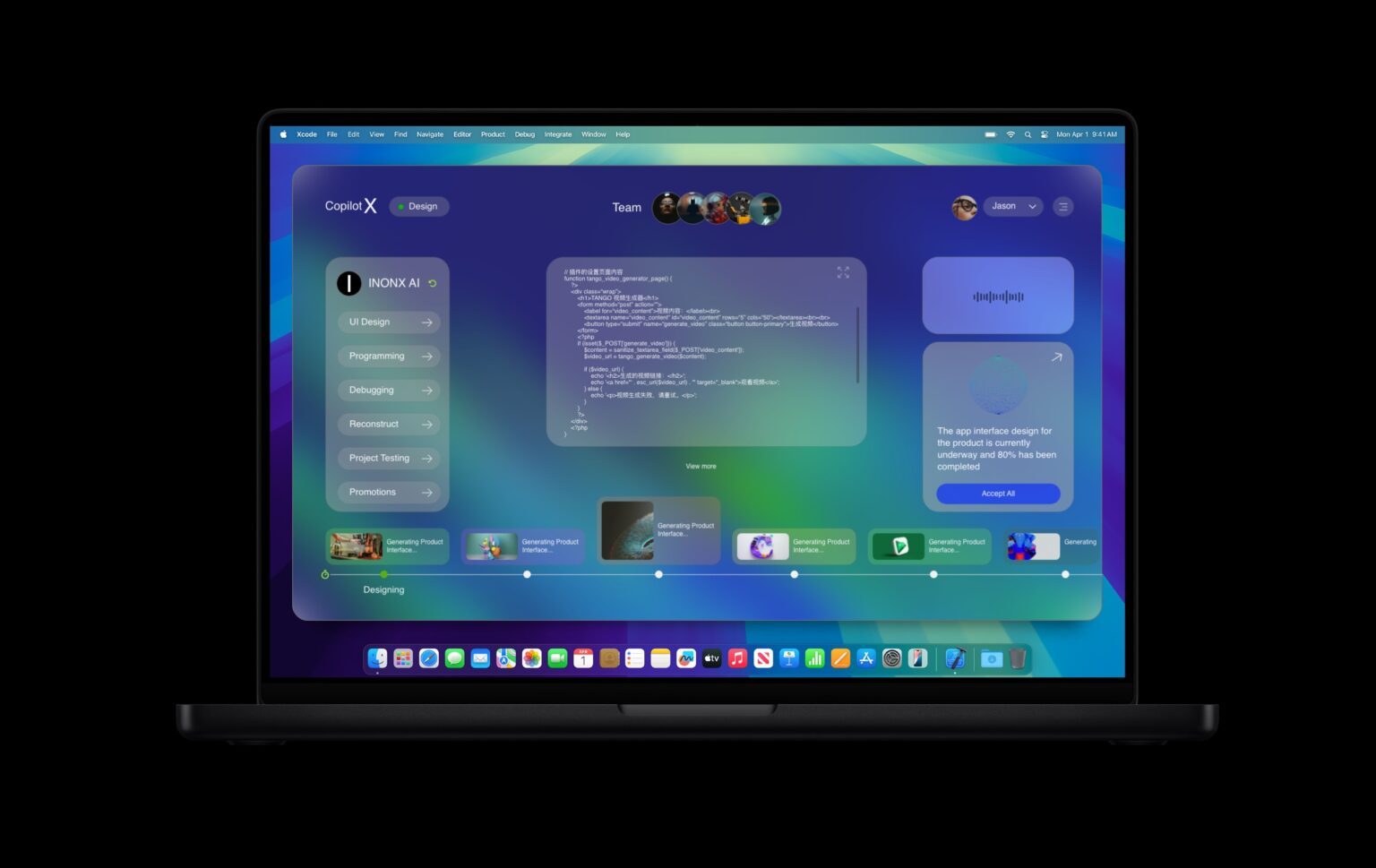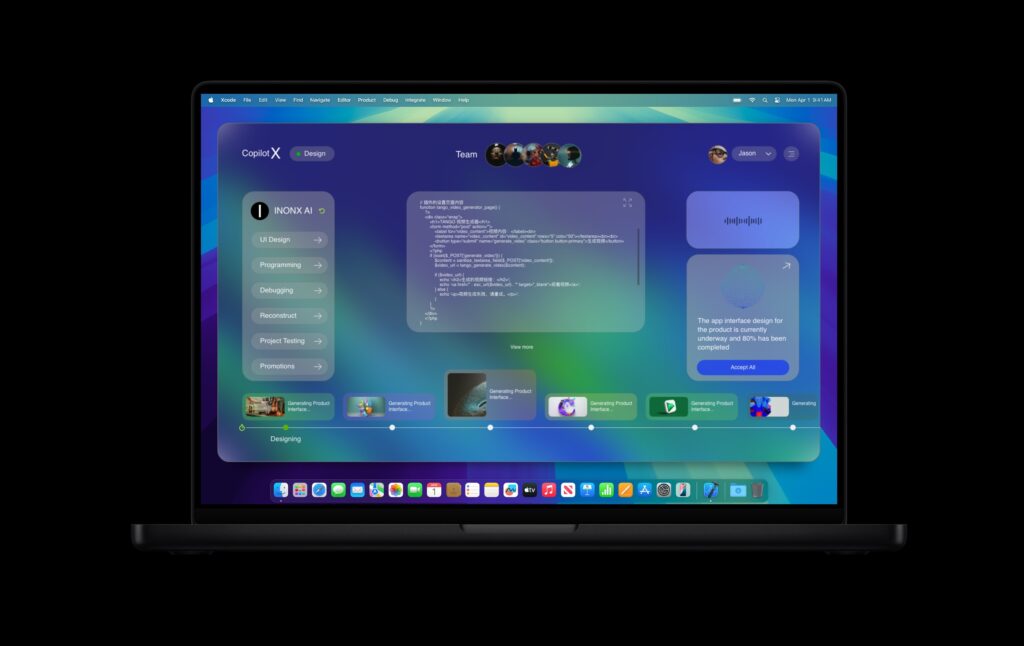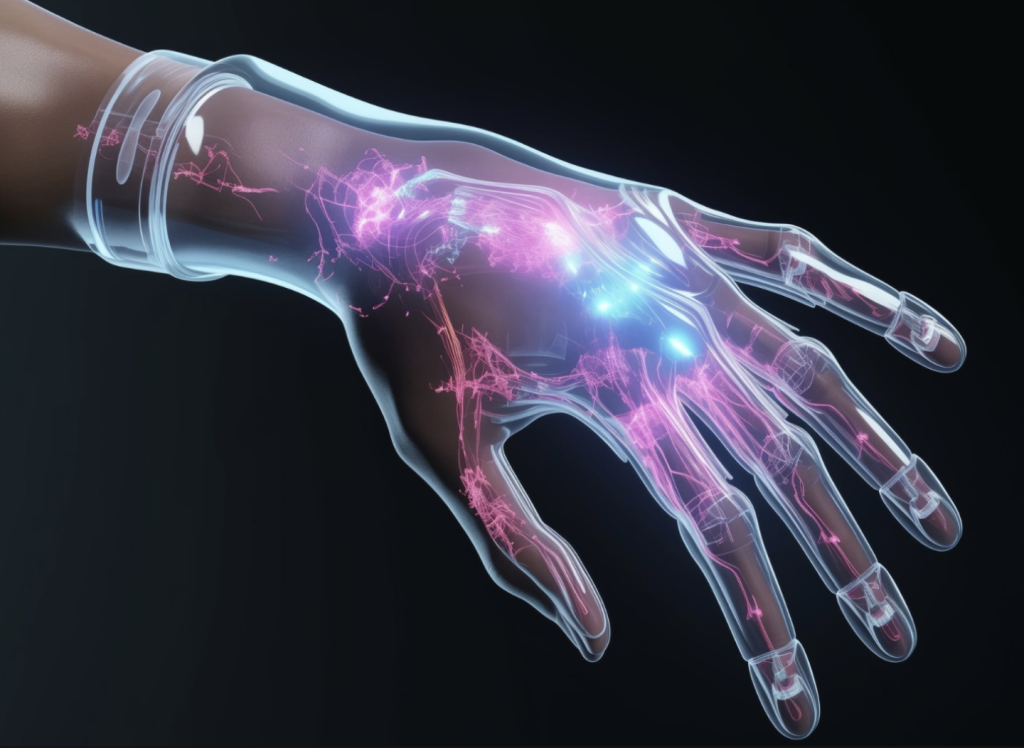Artificial Intelligence (AI) is no longer a futuristic concept; it’s rapidly transforming industries across the globe. From healthcare to manufacturing, businesses are adopting AI technologies to enhance operational efficiency and improve human-centered design. This article delves into how AI integration is reshaping these key areas, providing insights, trends, and use cases that highlight the profound impact of this technology.
.
### The Rise of AI Integration
The rise of AI integration within organizations has been fueled by advancements in algorithms, computing power, and data availability. As organizations look to leverage vast amounts of data, AI becomes pivotal in extracting insights and automating processes. According to a report from McKinsey, companies that adopt AI-driven strategies are likely to see productivity growth of up to 40% by 2035.
.
AI integration offers numerous benefits, including improved decision-making, increased efficiency, and enhanced products and services. However, successful integration requires understanding the specific needs of the business and the potential applications of AI.
.
### AI for Human-Centered Design: Enhancing User Experience
AI is revolutionizing human-centered design by offering deeper insights into user behavior and preferences. Traditionally, designers relied on user research and feedback cycles to understand the needs of users. With AI, this process is enhanced by predictive analytics and pattern recognition, allowing for more informed decisions in product and service design.
.
#### Understanding User Behavior
Using AI algorithms, companies can analyze large datasets from various sources—such as social media, user interactions, and purchase history—to understand user preferences. For instance, Spotify utilizes AI to analyze users’ listening habits, allowing the platform to provide personalized recommendations, which enhances user satisfaction and retention.
.
#### Real-Time Iteration
Another significant advantage of AI in human-centered design is the ability to iterate designs in real time based on user feedback. H&M, a global fashion retailer, employs AI-driven tools to analyze consumer preferences and trends, enabling them to adjust designs and inventory dynamically, thereby ensuring they meet customer expectations effectively.
.
### Trends in Human-Centered AI Design
1. **Emotional AI**: Companies are exploring the use of Emotional AI, which can interpret human emotions through various data inputs. This capability can lead to more engaging user experiences, tailored advertisements, and improved customer service interactions.
2. **Voice and Natural Language Processing (NLP)**: AI technologies that include voice recognition and NLP are enhancing human-computer interaction. Businesses are increasingly leveraging these technologies to create intuitive interfaces, making it easier for users to engage with products and services.
3. **Augmented Reality (AR) and Virtual Reality (VR)**: The integration of AI with AR and VR is changing the landscape of user experience. For example, IKEA uses AR technology integrated with AI to allow customers to visualize how furniture would look in their homes before making a purchase, significantly improving the buying experience.
.
### AI for Operational Efficiency: Streamlining Processes
Beyond human-centered design, AI integration significantly impacts operational efficiency within organizations. From automating routine tasks to optimizing supply chains, AI is at the forefront of improving business productivity.
.
#### Automation and Workflow Optimization
Industries are adopting AI automation to streamline operations. Robotic Process Automation (RPA) is one of the most prevalent use cases. It allows organizations to automate repetitive tasks, such as data entry and invoice processing. According to a Deloitte report, RPA can reduce operational costs by up to 30%.
.
**Use Case: Manufacturing Sector**
In the manufacturing sector, AI-driven predictive maintenance plays a critical role in improving operational efficiency. Companies like Siemens use AI algorithms to predict when machinery might fail, allowing for timely maintenance, reducing downtime, and saving costs. Such innovations enable a shift from reactive to proactive maintenance strategies.
.
#### Supply Chain Management
AI also enhances supply chain management by providing real-time analytics and demand forecasting. By analyzing historical data and current market trends, AI can predict product demand, helping companies manage inventory levels more effectively. For instance, companies like Amazon leverage AI to optimize their supply chains, ensuring timely deliveries and minimizing excess inventory.
.
### Technical Insights into AI Integration
1. **Data Quality and Accessibility**: Successful AI integration relies heavily on data quality. Organizations must ensure that they have access to clean, relevant datasets to train AI models effectively. Data governance frameworks play a vital role in maintaining data integrity.
2. **Ethical AI**: As businesses integrate AI into their processes, the ethical implications of its use cannot be overlooked. Organizations need to focus on developing ethical guidelines to ensure AI is used responsibly, particularly in terms of bias elimination and transparency in algorithms.
3. **Cross-Functional Collaboration**: For AI to be effectively integrated, cross-functional collaboration between IT, design, operations, and business teams is essential. This collaborative approach enables organizations to align their AI strategies with broader business objectives.
.
### The Future of AI Integration
The continued evolution of AI technology promises even greater advancements. We are witnessing the emergence of generative AI, which can create content, designs, and even code, offering unprecedented opportunities across various industries.
.
**Innovative Solutions**: Companies like OpenAI and Google are currently at the forefront of generative AI research. As these technologies mature, they will facilitate further human-centered design applications and operational efficiencies.
.
### Conclusion: Embracing AI for Sustainable Growth
The integration of AI holds transformative potential for both human-centered design and operational efficiency. As businesses navigate this evolving landscape, embracing AI-driven solutions can lead to not only enhanced user experiences but also significant operational improvements.
.
Investing in AI is no longer a question of “if” but “how.” Organizations that successfully leverage AI technologies are likely to outperform their competitors, setting a new standard in their industries. As we look forward, the responsible and strategic integration of AI will undoubtedly represent a core pillar of success for future business endeavors.
.
### Sources
1. McKinsey & Company. (2023). “The Future of Work: The Impact of AI on Productivity.”
2. Deloitte. (2023). “RPA: Unlocking New Value in Businesses.”
3. IKEA. (2023). “How Augmented Reality will shape Shopping.”
4. Siemens. (2023). “Predictive Maintenance in Manufacturing.”
5. OpenAI. (2023). “Generative AI: Trends and Innovations.”
6. Google AI. (2023). “Advancements in Natural Language Processing.”
—
By understanding and integrating AI technology into their processes, organizations can unlock new levels of operational efficiency and put users at the heart of their product designs, leading to sustainable growth and success in an increasingly competitive marketplace.
























